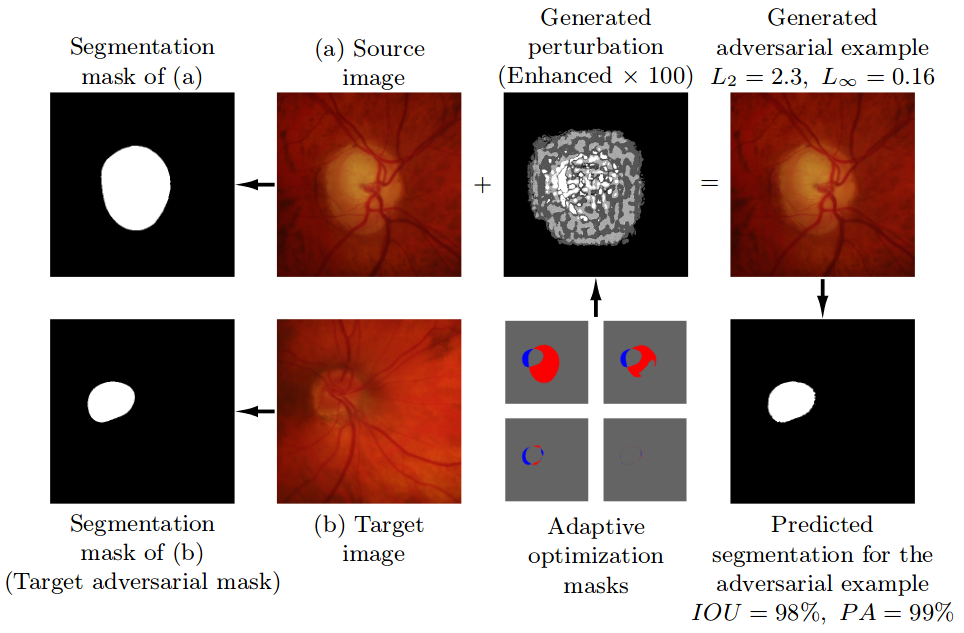Measuring the Contribution of Multiple Model Representations in Detecting Adversarial Instances
This repository contains the code for Measuring the Contribution of Multiple Model Representations in Detecting Adversarial Instances.
Reported running times are approximate, intended to give a general idea of how long each step will take. Estimates are based on times encountered while developing on Ubuntu 21.04 with hardware that includes an AMD Ryzen 9 3950X CPU, 64GB of memory, and an NVIDIA TITAN RTX GPU with 24GB of memory. The intermediate results utilize about 600 gigabytes of storage.
Requirements
The code was developed using Python 3.9 on Ubuntu 21.04. Other systems and Python versions may work, but have not been tested.
Python library dependencies are specified in requirements.txt. Versions are pinned for reproducibility.
Installation
- Optionally create and activate a virtual environment.
python3 -m venv env
source env/bin/activate
- Install Python dependencies, specified in
requirements.txt.- 2 minutes
pip3 install -r requirements.txt
Running the Code
By default, output is saved to the ./workspace directory, which is created automatically.
- Train ResNet classification models.
- 6 weeks
python3 src/train_nets.py
- Evaluate the models, extracting representations from the corresponding data.
- 1 hour
python3 src/eval_nets.py
- Adversarially perturb test images, evaluating and extracting representations from the corresponding data.
- 21 hours
python3 src/attack.py
- Train and evaluate model-wise control adversarial instance detectors, varying the number of underlying models used for generating features, where the underlying detectors are trained on representations from a single model.
- 1 day
OMP_NUM_THREADS=1 python3 src/detect_model_wise_control.py
- Train and evaluate model-wise treatment adversarial instance detectors, varying the number of underlying models used for generating features, where the underlying detectors are trained on representations from multiple models.
- 1 day
OMP_NUM_THREADS=1 python3 src/detect_model_wise_treatment.py
- Train and evaluate unit-wise control adversarial instance detectors, varying the number of units used for generating features, where the units come from a single underlying model.
- 1 hour
OMP_NUM_THREADS=1 python3 src/detect_unit_wise_control.py
- Train and evaluate unit-wise treatment adversarial instance detectors, varying the number of units used for generating features, where the units come from multiple underlying models.
- 2 hours
OMP_NUM_THREADS=1 python3 src/detect_unit_wise_treatment.py
- Generate plots.
- 2 seconds
python3 src/plot.py
Citation
@misc{steinberg2021measuring,
title={Measuring the Contribution of Multiple Model Representations in Detecting Adversarial Instances},
author={Daniel Steinberg and Paul Munro},
year={2021},
eprint={2111.07035},
archivePrefix={arXiv},
primaryClass={cs.LG}
}





